The Kumano mountains are home to a wide array of exotic and beautiful native species. The most prolific being the mighty cedar tree, which can be found all over the mountains and valleys, creating atmospheric forests to get lost in, or to find yourself in.
Japanese Cedar Tree Cryptomeria japonica
An extremely fast-growing evergreen that can reach up to 100 feet high and 30 feet wide, and live to be 600 years old. They emanate a pleasant pine scent, and they’re insect repellent – which is also pleasing.
Their trunks grow tall and straight, and the wood is waterproof and light so they’re often used for building. In fact, that’s why there are so many of them all over Japan.
The Government embarked on a massive reforestation effort after World War II, and even today, of the 62.3 million acres of forest in Japan, over 10 million are cedar forests.
Japanese Black Bear Ursus thibetanus japonicus
Although Kumano literally means ‘Bear Field’, it’s extremely unlikely that you’ll come across a bear on your walk as there are very few left. In fact they’re listed as vulnerable on the endangered species list.
It is possible though. The Japanese Black Bear tends to live in forests and mountains, although they’re not too keen on Cedar’s as they don’t produce any nuts for them to eat.
They’re black, of course, and have a distinctive crescent moon of white or silver across their chest. And they’re vegetarians most of the time, however will happily take a swipe at anyone who gets in their way.
Some people wear little bells to warn them off, however we’re not entirely sure that’s reliable advice. Best to stay aware, and stay out of their way if you see one.
Japanese Giant Hornet Vespa mandarinia japonica
If you spot a Giant Hornet you’ll know about it. Coming in at three to four centimetres, the aptly named Giant Hornet isn’t the largest hornet in the world, but it’s pretty close.
Their sting, particularly because of the amount of venom injected, can also cause anaphylactic shock if you’re allergic.
The good news is that they’re not interested in human beings at all, however they’re territorial so if they think you’re invading their space, they‘ll chase you away rather aggressively.
If you see one, or a few, simply turn around and walk away. If you run or wave your arms around, they’ll think you’re a danger, and they’ll go after you at speeds of up to 25mph!
Like most wild animals, they’re not something to be concerned about unless you bother them. As any Australian used to walking the bush will already know. See a snake? Turn around and walk away.
Just leave the Giant Hornets alone and you’ll be fine. If you are prone to anaphylactic shock however, we’d recommend you take an epi pen with you, just in case.
Tanuki Nyctereutes procyonoide
Also known as Racoon dogs, although they’re not actually related to Racoons, Tanuki are sociable little animals that live in pairs, or small groups. They live in burrows and come out at night to forage around.
They’re the only canine that actually hibernates, so depending on when you visit, you may or may not spot a Tanuki or two.
If you don’t see one in real life, you may, however, come across a drawing or a little model of one. These cute little animals have crept into Japanese folklore as shape-shifting spirits called Bake-danuki.
And although they used to have a rather sinister reputation, over the last few hundred years their reputation has changed to that of a fun loving character who brings good fortune and prosperity.
So if you see a real one, as they do come out to forage during the day sometimes – congratulations!
Japanese Macaque Macaca fuscata
This hardy species of monkey lives further north than any other non-human primate, can be seen all over Japan, and is also known as a ‘Snow Monkey.’
You may have seen pictures of these cold looking fellow’s, with snow stuck to their bushy grey eyebrows, pink faces poking through the steam as they bathe in a lovely hot spring.
In fact, there’s only one place in the whole of Japan where they do that, and it’s nowhere near the Kumano. There is a good chance you’ll see a macaque on your walk though, and if you do, don’t look into their eyes. They can get upset with that. And an upset monkey can totally ruin your day.
Mamushi Gloydius blomhoffii
The Mamushi, or Japanese pit viper, is one of the most dangerous snakes in Japan, biting a couple of thousand people every year.
They hunt at night using heat-sensitive ‘pits’ that allow them to track down warm-blooded rodents, and if you see one you’ll recognise their dark brown head is a triangular shape, with light grey sides.
They are quite common, and live in all kinds of environments so there’s a good chance you’ll spot a Mamushi on your walk. Keep your eyes open and don’t step on one, you’ll be alright.



 30 years' experience providing walking holidays worldwide
30 years' experience providing walking holidays worldwide
